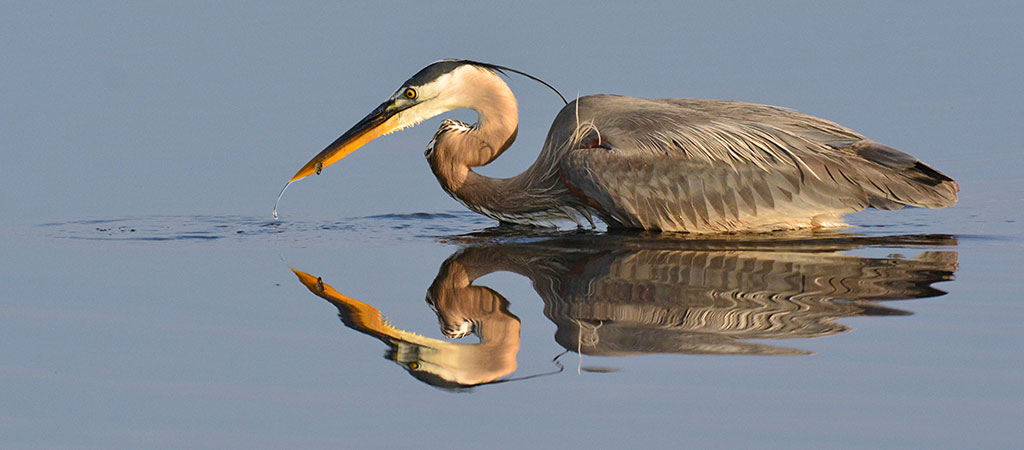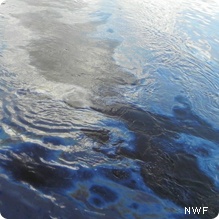We have much more to do and your continued support is needed now more than ever.
Protect This Region from Tar Sands Oil
Lake Champlain and the Hudson Valley in Trouble

In addition to the risks of millions of gallons of explosive, dangerous fracked Bakken crude oil rolling over a decrepit rail line and bridges on the shores of Lake Champlain, the Hudson River, and dozens of communities and cities, industry is now seeking to move heavy tar sands oil through the region.
The New York Department of Environmental Conservation (NY DEC) has to make a choice: allow toxic tar sands oil, mined or drilled from the productive evergreen forests of Canada, to be shipped along the shores of Lake Champlain – the “Adirondack Coast” and crown jewel of Vermont – or require a comprehensive environmental review of industry’s reckless proposal to protect the region.
It is critical that the NY DEC require a full environmental review of the risks of heavy tar sands oil transport by rail to people, drinking water, natural resources, and fish and wildlife.
Proposal to Allow Tar Sands Transport by Rail
Global Partners, which owns the Albany, New York port where crude oil is transferred from trains to barges on the Hudson River, has applied for a state permit with the NY DEC to build new heating equipment. This equipment is necessary to load asphalt like heavy tar sands oil from train to barge. Once loaded, the tar sands oil would travel down the Hudson for refining or export. Without the heating equipment, heavy tar sands oil cannot practically be shipped through the region.
The Threat of Tar Sands Oil

Heavy tar sands crude oil is thicker than Bakken crude and nearly as explosive. Tar sands spills around the U.S. and Canada, like the spill in Michigan’s Kalamazoo River, have demonstrated that tar sands crude does not float like other oils. Rather, it sinks to the bottom of waterways and creates extreme clean-up difficulties. After spending over a billion dollars on clean up, sections along 40 miles of the Kalamazoo River are still polluted.
Last December, a National Academy of Sciences study concluded that tar sands oil not only presents much different risks than lighter oils, but also neither adequate response techniques nor regulations to deal with a heavy tar sands spill exist. It is almost certain these clean-up challenges would be even worse in the remote, semi-isolated towns and regions along Lake Champlain.
To make matters worse, tar sands oil is a much more carbon polluting oil than other types of oil, resulting in up to a 37% higher carbon footprint.
Environmental Review of Tar Sands Needed
In May of last year, the NY DEC issued an intent to rescind a “negative declaration” that Global’s application did not require a full environmental review. Since issuing that letter, DEC has taken no action. Last month, a New York court ruled DEC must act within 60 days.
DEC must act by June 13, 2016. Given the extreme risks of tar sands to environmental and public health of the region, DEC should rescind the negative declaration and conduct an analysis of the full impacts of the proposal.
Heavy tar sands oil transport would mean more spill risk and more pollution.

A spill would leave decades of virtually impossible to remove pollution in the Lake and the Hudson River – which provides drinking water to hundreds of thousands of people and a tourism economy that brings in $10 billion per year. More dangerous oil transport also would put lives and communities in harm’s way.
Furthermore, tar sands oil would spur carbon pollution. After the warmest winter on record, we cannot afford to allow the transport of highly carbon polluting fuel sources that undermines state and regional efforts to reduce carbon pollution and combat climate change.
The National Wildlife Federation, its affiliates Environmental Advocates of New York and Vermont Natural Resources Council, and a growing coalition of organizations, businesses and communities are seeking to stop dangerous oil train traffic along the Lake and Hudson River.
Please urge the NY DEC to conduct a comprehensive review of the all-risk, no reward proposal to move dangerous heavy tar sands oil along Lake Champlain and the Hudson River.
Retweet this tweet now:
Protect #wildlife @NYSDEC! Require full env review of Albany #TarSands oil permit https://t.co/MUH9yZR0fR pic.twitter.com/yNbt19LkEC
— Wildlife Action (@wildlifeaction) May 26, 2016





















